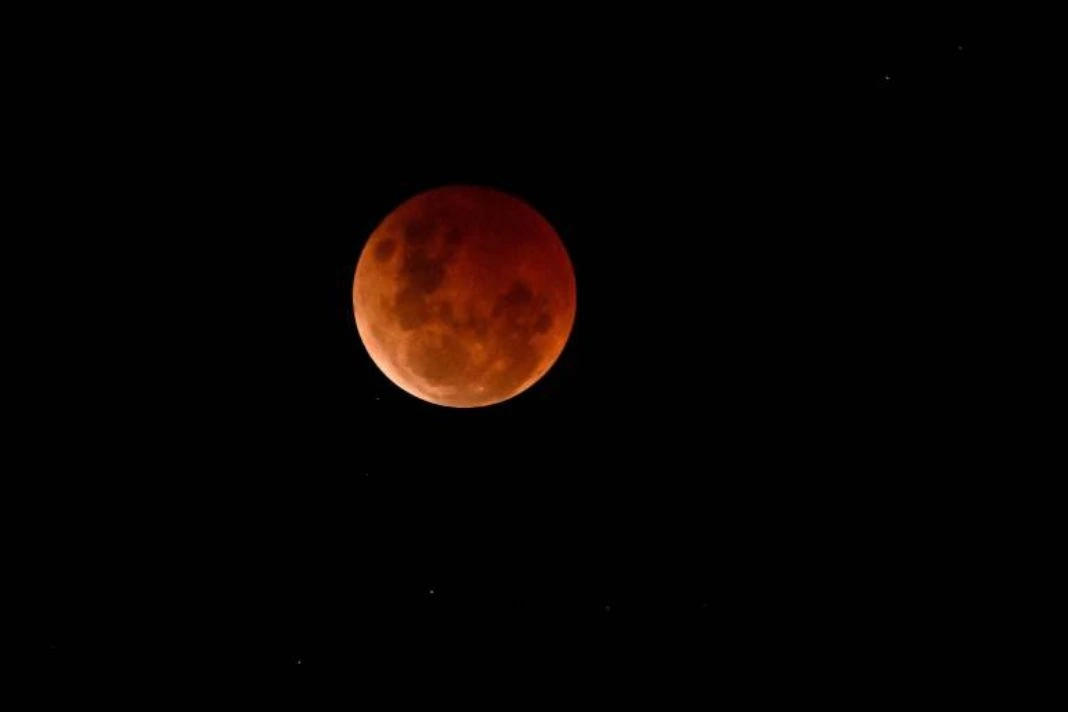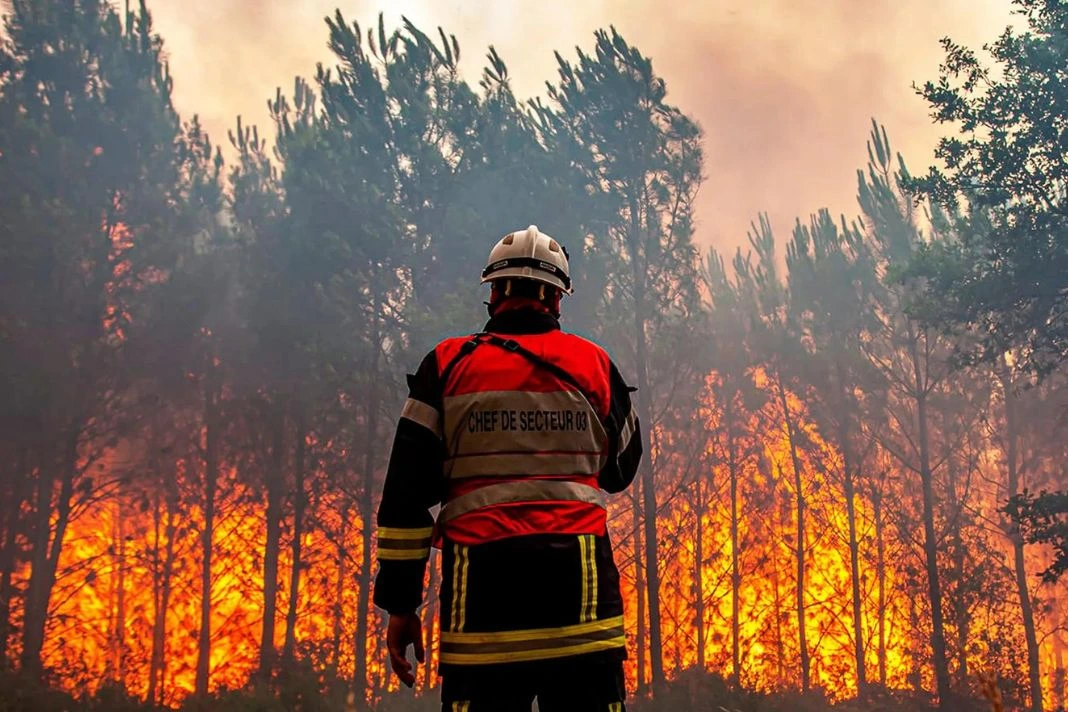Stargazers will be in for another celestial charm Tuesday evening as three cosmic circumstances will appear at the same period during the full moon.
After last month obtained space lovers a blue supermoon, September’s yield moon will not only overlap with a supermoon but again with a blood moon and partisan lunar eclipse.
While harvest moons transpire each year relative to the beginning of fall and supermoons three to four times a year, all three occasions taking place at the exact moment are “quite rare,” astrophysicist Teresa Monsue of NASA’s Goddard Space Flight Center related to NPR.
The moon is deem “super” when it is complete and its orbit is at the nearest point to Earth, according to NASA. When the Earth is place between a whole moon and the sun, and the moon gives through Earth’s gloom, a lunar eclipse takes home.
Full Supermoon and Lunar Eclipse
The best times to consider the event will count on your place, but the it will height at 10:44 p.m. ET, according to NASA. All of North and South America will have the possibility to see a partial and harvest supermoon depending on the climate. Europe and Africa will even have an opportunity to witness the eclipse.
This will be a partisan one. With just the upper piece of the moon being drop into the shadiest part of the Earth’s shadow understood as the umbra. Monsue displayed.
“The darkened part of moon’s disk, and the lunar disk will be in Earth’s penumbra. The planet’s shadow that block the sun’s light.” She also stated, adding that this will provide most of the moon a reddish-brown impression that we call a “blood moon.”
And unlike a solar eclipse, where you must wear particular glasses to protect your vision when glancing at it, skygazers can visit Tuesday’s with comfort and without eye security.
“It is safe to look instantly at the moon during it,” Monsue said.
The eclipse should even be a good option for views of differences in craters and other elements on the lunar surface if you operate a telescope or binoculars, she said.
When to See
If you forget Tuesday night’s eclipse and supermoon, the next one will not transpire until Oct. 8, 2033, according to Monsue.
But you will be able to see another total supermoon on Oct. 17 and a complete lunar eclipse on March 14, 2025.






